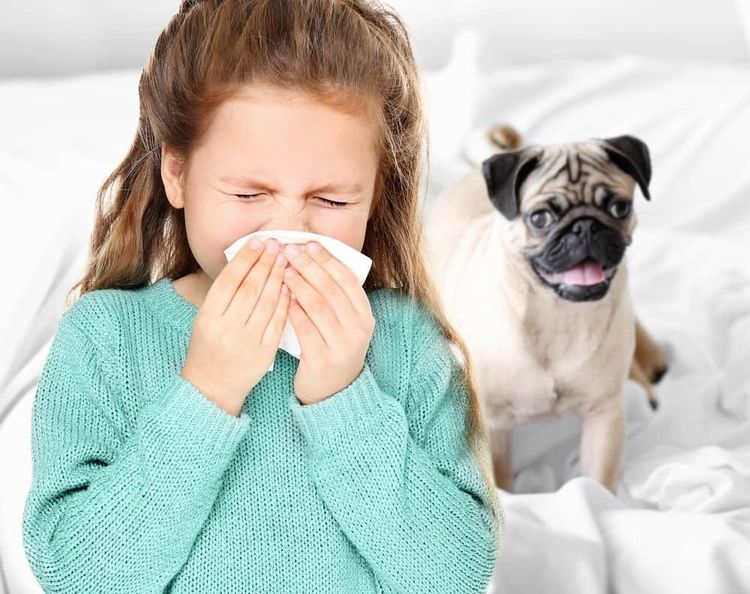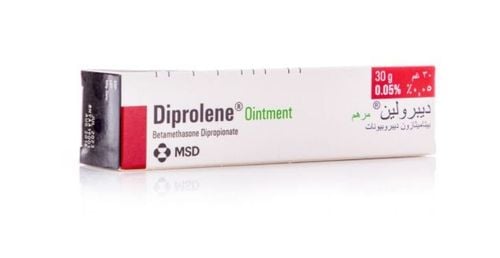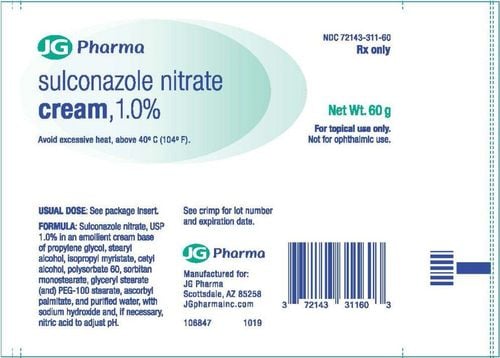This is an automatically translated article.
A pet allergy is an allergic reaction to a protein found in the skin cells, saliva, or urine of an animal. The best way to prevent pet allergies is to avoid or reduce contact with animals as much as possible.1. What is a pet allergy?
Pet allergy is an allergic reaction to a protein found in the skin cells, saliva, or urine of an animal. Signs of a pet allergy include fever, sneezing, and runny nose. Some people may also experience symptoms of asthma, wheezing, and shortness of breath.
Usually, pet allergies are triggered by contact with pieces of dead skin (scales) from a pet. Any animal with fur can be a source of allergies, but pet allergies are most commonly associated with cat and dog allergies.

Lông động vật có thể là nguồn gây dị ứng
2. Causes of pet allergies
Allergies occur when the immune system reacts to a foreign substance such as pollen, mold, or pet dander. The immune system makes proteins called antibodies. These antibodies protect the body from unwanted agents. When an allergen is inhaled or exposed to it, the immune system reacts and produces an inflammatory response. Prolonged or frequent exposure to an allergen can cause the airway inflammation (chronic) associated with asthma.
Dog or cat allergy is a common cause of allergic rhinitis. Allergens from cats and dogs are found in their skin cells as well as in their saliva, urine, and sweat. Pet saliva can get on carpets, bedding, furniture, and clothing.
Rodents include mice and guinea pigs. Allergies from rodents are commonly found in hair, dander, saliva, and urine. Dust from litter or sawdust on the bottom of the cage can contribute to allergies.
3. What are the symptoms of pet allergy?
Pet allergy signs and symptoms include:
Sneezing Runny nose Itching, red, or watery eyes Congested nose Itching of the nose, palate or throat Coughing Swollen and blue halo under the skin Asthma Patient may experience additional symptoms such as: difficulty breathing, chest tightness or pain, whistling or wheezing sound when exhaling, trouble sleeping due to difficulty breathing, coughing or wheezing Skin symptoms: Hives , eczema , itchy skin.

Hắt xì, sổ mũi, ho,... là các dấu hiệu dị ứng vật nuôi
4. How to prevent pet allergies
The best way to prevent pet allergies is to avoid or reduce contact with animals as much as possible. Medicines or other treatments may be needed to relieve symptoms and control asthma. However, if you still want to keep your pet, you can apply some of the following measures:
Do not let pets in the bedroom Clean and scrub the walls and furniture. Keep surfaces in your home clean and tidy If you use carpet, choose a thin carpet and wash it regularly. Vacuum regularly to clean the house Wear a mask when vacuuming Change clothes and clean after prolonged contact with pets Install an additional air purifier with a filter to help remove contaminants Pet Allergies From the Air Bathing your pet every week can reduce airborne allergens. At Vinmec International General Hospital, there is a package of examination and consultation for atopic dermatitis treatment for all customers of all ages. Customers at risk such as allergies, affected by ambient conditions such as weather, climate, humidity and even pet allergies will be examined and tested including:
Specialist in Dermatology Perform tests such as: quantification of IgE, fresh mycobacteria, specific IgE for respiratory and food allergens (Panel 1 Viet), Rida Allergy Screen test (panel 1). )...
Please dial HOTLINE for more information or register for an appointment HERE. Download MyVinmec app to make appointments faster and to manage your bookings easily.
Reference source: Mayoclinic.org












